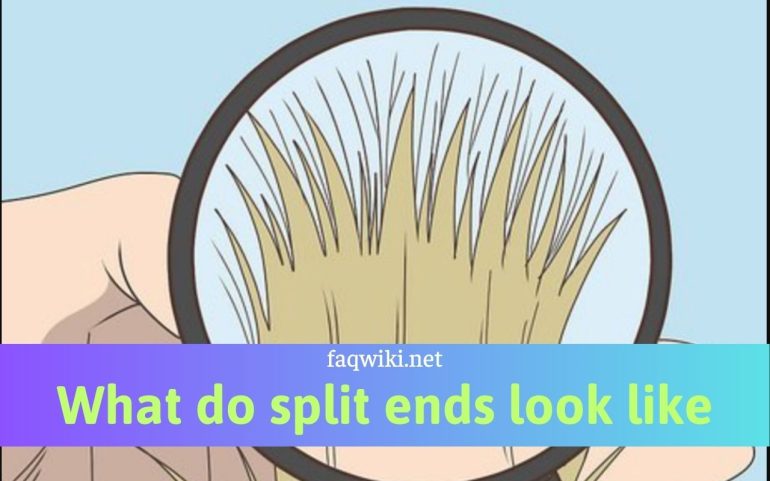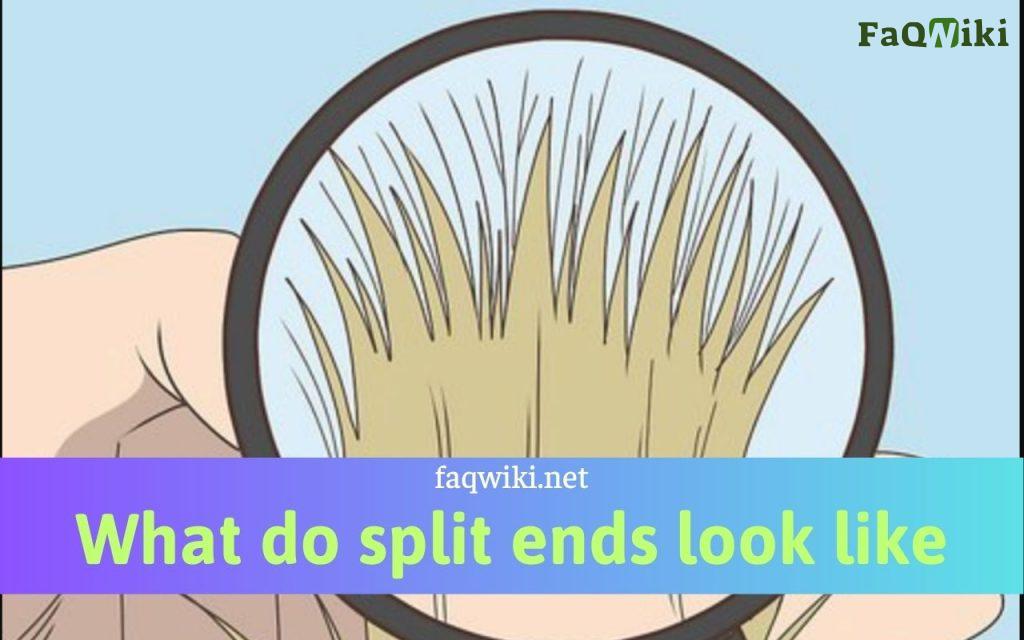Understanding Split Ends: A Complete Guide

Introduction
Split ends are a common problem that many people face when it comes to their hair. They can be caused by a variety of factors, such as styling, heat damage, and environmental factors. In this article, we will explore the signs of split ends, the types of split ends, the contributing factors to split ends, how to prevent and treat split ends, and more.

Signs of Split Ends
Split ends can be identified by their visible signs. Some common signs of split ends include frayed or split ends, uneven hair, and dryness. Split ends can also cause hair to look dull or lifeless, and may make it more difficult to style. The most obvious sign of split ends is the presence of split or frayed hairs at the end of a hair strand.
Types of Split Ends
There are several different types of split ends that can occur. Basic split ends occur when the hair splits into two separate strands at the end. Forked split ends, also known as double split ends, occur when the hair splits into more than two strands. Tree-like split ends occur when the hair splits into multiple strands, resembling the branches of a tree. Feathered split ends occur when the hair strands have multiple feather-like splits at the end.
Contributing Factors to Split Ends
There are several factors that can contribute to the formation of split ends. Hair texture and porosity can affect how easily hair becomes damaged, as can environmental factors such as exposure to sun, wind, and pollution. Styling practices such as using heat tools, backcombing, or brushing too aggressively can also cause split ends. Chemical treatments like dyeing and perming can weaken hair, making it more prone to breakage.
Split End Prevention and Maintenance
Preventing split ends is key to maintaining healthy hair. Regular trims and haircuts are important to prevent split ends from spreading further up the hair shaft. Proper hair washing techniques, such as using lukewarm water and gentle shampoos, can also help prevent damage. Gentle brushing and styling, and limiting the use of heat tools and chemical treatments can also help prevent split ends. Using hair masks and treatments can help strengthen and moisturize hair, making it less prone to splitting.
At-Home Remedies for Split Ends
There are several at-home remedies that can be used to treat split ends. Coconut oil is a popular choice, as it contains natural moisturizing properties that can help repair damaged hair. Avocado and honey masks are also effective in treating split ends, as they contain natural oils and proteins that can help repair damaged hair. Beer rinses can also help restore moisture to hair and promote shine. Egg and olive oil masks and banana and yogurt masks are other effective at-home remedies for split ends.
Professional Treatments for Split Ends
For more severe cases of split ends, professional treatments may be necessary. Hair oiling and hot oil treatments can help restore moisture and strength to damaged hair. Keratin treatments can also help strengthen and smooth hair, reducing the appearance of split ends. Split end trimming and sealing can help remove damaged ends while also preventing further damage. Brazilian blowouts and protein treatments can also be effective in treating split ends.
Split Ends and Hair Growth
While split ends do not directly affect hair growth, they can make hair appear thinner and more brittle. This can lead to breakage, which can in turn make it more difficult to grow hair out. Regular trimming and treatment of split ends can help promote healthy hair growth.
Myths and Misconceptions about Split Ends
There are several myths and misconceptions about split ends that can cause confusion. One common myth is that split ends can be repaired. While there are treatments that can help reduce the appearance of split ends, such as trimming and sealing, split ends cannot be completely repaired. Another common misconception is that brushing hair 100 strokes a day can prevent split ends. However, over-brushing can actually cause more damage and lead to split ends. It’s important to focus on gentle brushing techniques and proper hair care to prevent split ends.
Conclusion
Split ends are an unfortunately common occurrence that can be triggered by countless causes. Identifying the signs of split ends and understanding the types and contributing factors can help prevent and treat split ends. Regular trims and proper hair care can help maintain healthy hair and prevent split ends from spreading. At-home remedies and professional treatments can also be effective in treating split ends. By debunking myths and misconceptions about split ends, we can promote proper hair care and help maintain healthy, beautiful hair.
FAQs
Can split ends be completely repaired?
No, split ends cannot be completely repaired. However, treatments such as trimming and sealing can help reduce the appearance of split ends.
Can brushing hair prevent split ends?
Over-brushing can actually cause more damage and lead to split ends. It’s important to focus on gentle brushing techniques and proper hair care to prevent split ends.
Can environmental factors contribute to split ends?
Yes, exposure to sun, wind, and pollution can all contribute to the formation of split ends.
Can at-home remedies be effective in treating split ends?
Yes, at-home remedies such as coconut oil, avocado and honey masks, and beer rinses can all be effective in treating split ends.
To keep your hair looking beautiful and free from split ends, regular trims every 6-8 weeks is recommended?
It’s recommended to trim hair every 6-8 weeks to prevent split ends from spreading further up the hair shaft.
